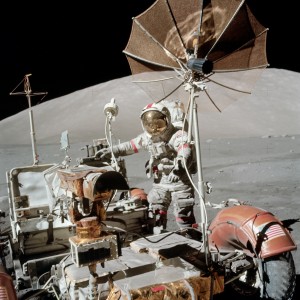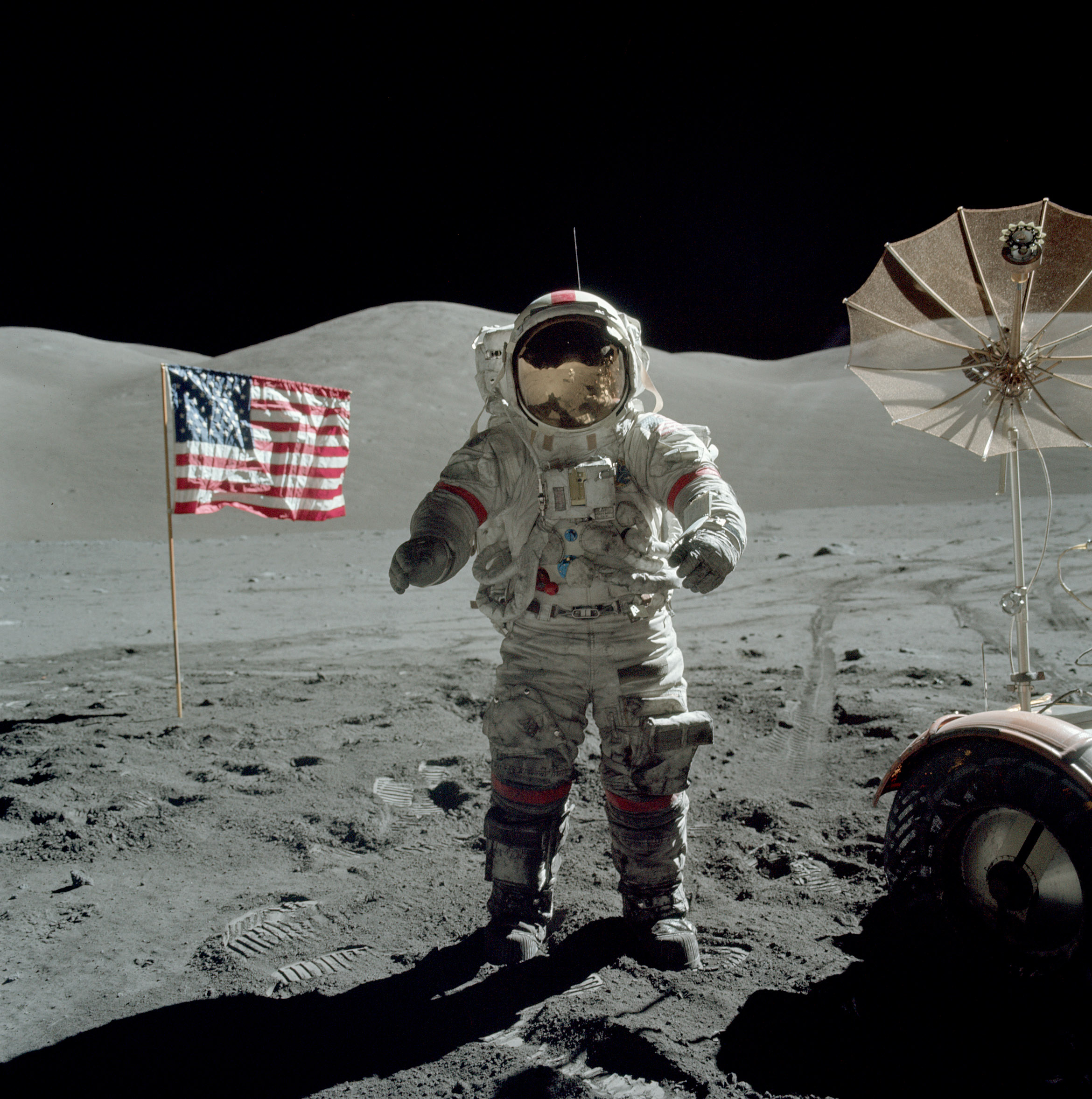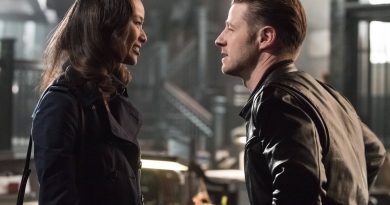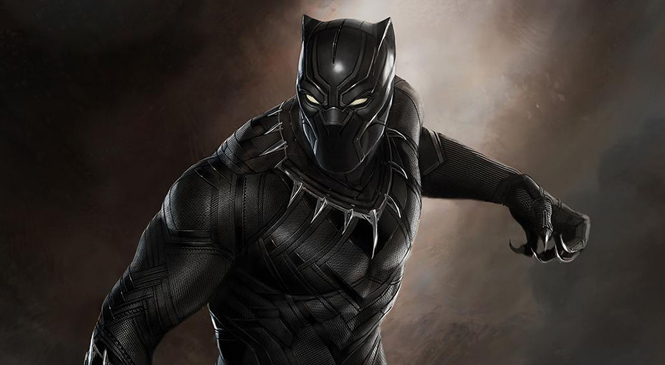Film Review: Documentary Offers Up Space Race Goodness

THE LAST MAN ON THE MOON
Distribution Company: Mark Stewart Productions (theatrical); Gravitas Ventures (VOD)
Theatrical and VOD Release Date: February 26, 2016
Directed by:
Featuring interviews with: Apollo astronauts Gene Cernan, Alan Bean, Dick Gordon, and Jim Lovell
 The Last Man on the Moon follows the astronaut career of Gene Cernan. Unless you are a huge fan of the early NASA years, that’s quite likely a name that you have not heard before or not heard it enough to remember who he is or what he accomplished. Gene was one of the core team of the early astronauts. He was recruited into the program in October of 1963 and was on three space flights. History chooses to pass Gene by a bit because the missions that he flew were perhaps not the most glamorous, but opened the doors for future missions.
The Last Man on the Moon follows the astronaut career of Gene Cernan. Unless you are a huge fan of the early NASA years, that’s quite likely a name that you have not heard before or not heard it enough to remember who he is or what he accomplished. Gene was one of the core team of the early astronauts. He was recruited into the program in October of 1963 and was on three space flights. History chooses to pass Gene by a bit because the missions that he flew were perhaps not the most glamorous, but opened the doors for future missions.
His first mission was on Gemini IX, where command pilot Thomas P. Stafford, and Gene as pilot, were originally the backup crew. They were promoted to primary crew after the tragic deaths of Elliot M. See, Jr. and Charles M. Bassett, II who were lost in a plane crash going to inspect the Gemini IX space craft. The intent of this mission was to dock with a another space vehicle and Gene was supposed to accomplish this by exiting the spacecraft, go to the rear of the craft, and don a rocket pack to fly over to the other vehicle.
He was not able to fulfill the mission, and you can listen to the disappointment in his voice when he talks about it. The reality is that his failure was due to a lack of understanding of the difficulties encountered in a zero-g environment. His failure was a learning experience for the whole program. To make up for the failure, the re-entry and landing was about as perfect as can be, a mere mile and a half from the USS Wasp recovery ship and within half a mile of the targeted landing spot.
Gene’s second space mission was Apollo 10. This is another one that doesn’t hit the mainstream of history but was very important to learning how to actually land on the moon. In case you don’t remember, the Apollo 10 mission was actually a manned flight to the moon: they just didn’t land on the moon. One of the primary intents of this mission was to prove the maneuverability of the lunar module (LM), which Gene piloted.
You’ll just have to watch the movie to see, in his own words, how that went. Good, bad, or whatever, what was learned on the mission paved the way for Apollo 11 and Neil Armstrong’s immortal words. Gene knew that, and when you see the eulogy he delivered at Neil’s funeral it will bring tears to your eyes. Even though I was only six years old, I have lasting memories of this mission, mostly because the lunar module was named Snoopy and the service module was Charlie Brown. (If you don’t remember Tang and Space Food Sticks, then you’re far too young to understand).
 The third mission, his crowning achievement, was Apollo 17, the last Apollo mission. This made him the last man on the moon. In some ways, this was the forgotten moon landing because the public interest had faded even though the scientific results were astounding. Budget cuts ended the program prematurely. Granted, the money spent on this program was, to abuse a phrase, astronomical and, if you don’t understand the physics, perhaps a bit wasteful.
The third mission, his crowning achievement, was Apollo 17, the last Apollo mission. This made him the last man on the moon. In some ways, this was the forgotten moon landing because the public interest had faded even though the scientific results were astounding. Budget cuts ended the program prematurely. Granted, the money spent on this program was, to abuse a phrase, astronomical and, if you don’t understand the physics, perhaps a bit wasteful.
For example, the lunar module used in the Apollo 10 mission, I’m not sure what it cost, has two pieces — the ascent stage which is the upper part where the astronauts stayed, and the descent stage which is the bottom part. The ascent stage is orbiting the sun somewhere near the moon’s orbit and the descent stage is orbiting the moon.
Though it seems to be an expensive waste, what is generally not obvious is that it is prohibitively expensive to even consider bringing any of it back. It’s also hard to convince the general public that these expensive trial flights are absolutely necessary: you can model things on paper or, these days, on computers, but you still have to go out there and try it to find out what you missed.
This mission also holds a place in my memory. In 1972, my family lived on the side of a mountain in Montana and our television reception, on a good day, consisted of two channels. I was still able to tune in to watch the lunar liftoff. Gene had parked the lunar rover so its cameras could cover the event. Seeing it again in this movie brought back my amazement at the colors you could see in that blast-off, better than any Fourth of July.
By now, you have most likely come to the conclusion that I really enjoyed this movie (as I’m finishing up writing this I am watching it for the fourth time). It covers the career of one of the unsung heroes of the Apollo program, though you get the impression that Gene isn’t all that concerned about the notoriety. He is passionate about teaching the world about what has been forgotten about why the the Apollo program (and previous space programs) were created and the goals that they achieved. Granted, these men who went on these missions were generally self centered and arrogant, but they were asked to do things that sane people would never consider doing. They asked for it, competed with each other to be the first one to do the next big thing, but applauded each other on their achievements, and mourned the loss of each and every brother.
But this is not Hollywood, this is reality: eventually one has to learn that they are not invincible even if they have cheated death again and again. This is, to me, is one of the most compelling features of this film. Through the interviews and personal statements, it digs deeply into the emotions of the astronaut as he is experiencing these monumental events. On top of that is the collection of original footage and some CGI work that helps portray the stress and frustration of particular events that were not originally captured on film.
Well there you have it: if you want to learn something about the Apollo program and one of the men who was instrumental in its success, go see this film! If you want to see some awesome historical footage of the Apollo missions and learn a little bit about the men who went there and maybe a little of the science, go see this film!
No matter what, just go see this film!!
![]()




